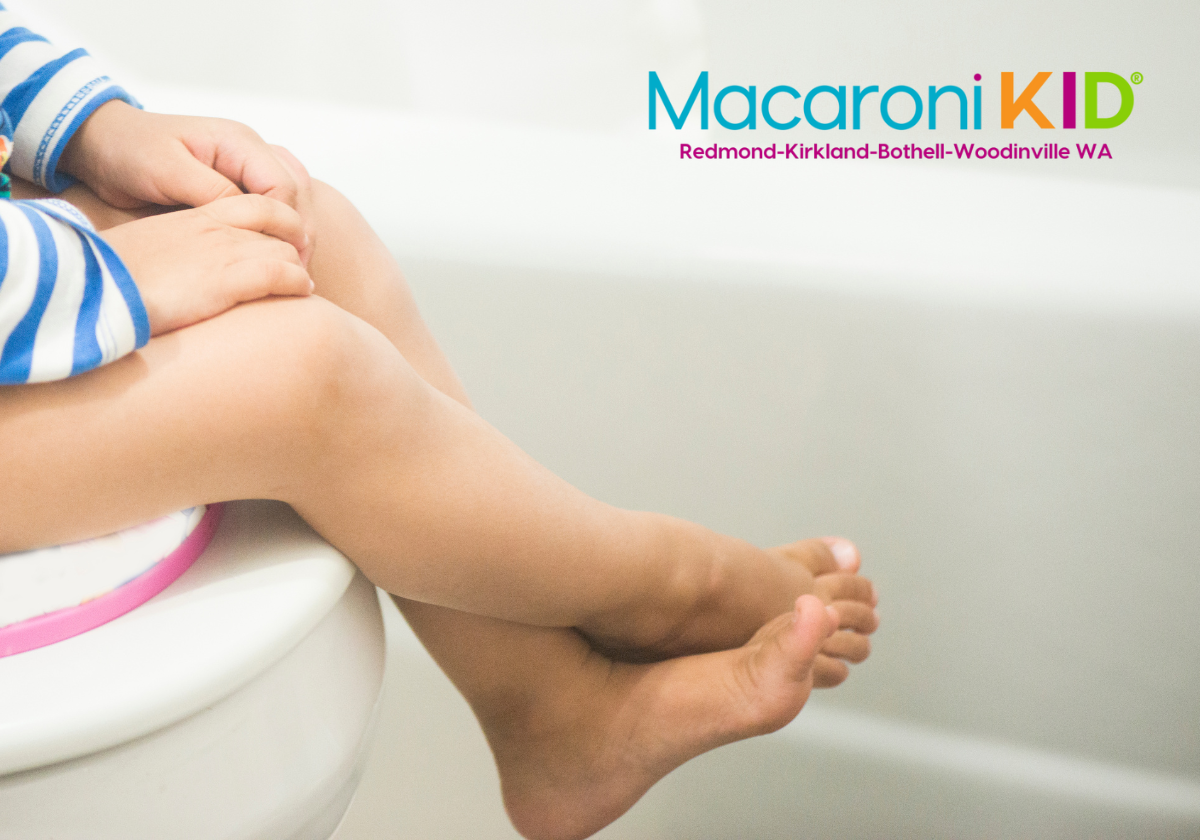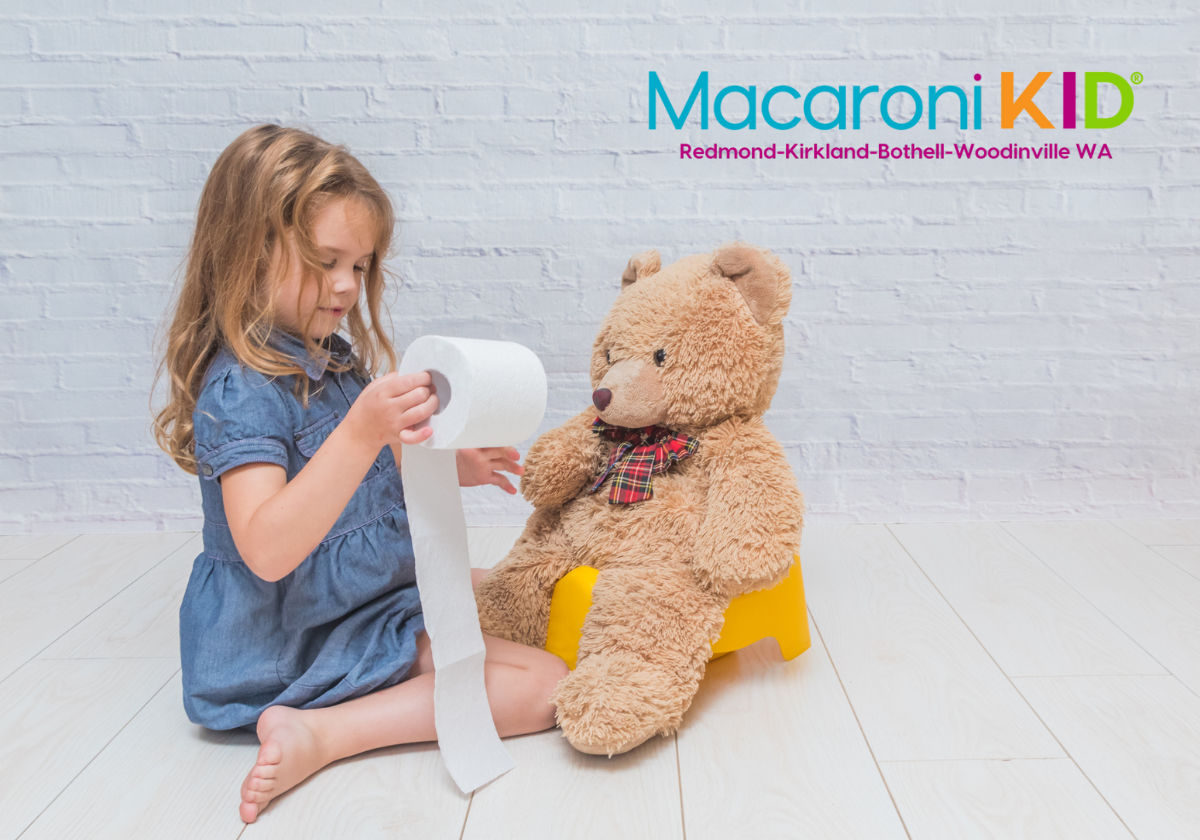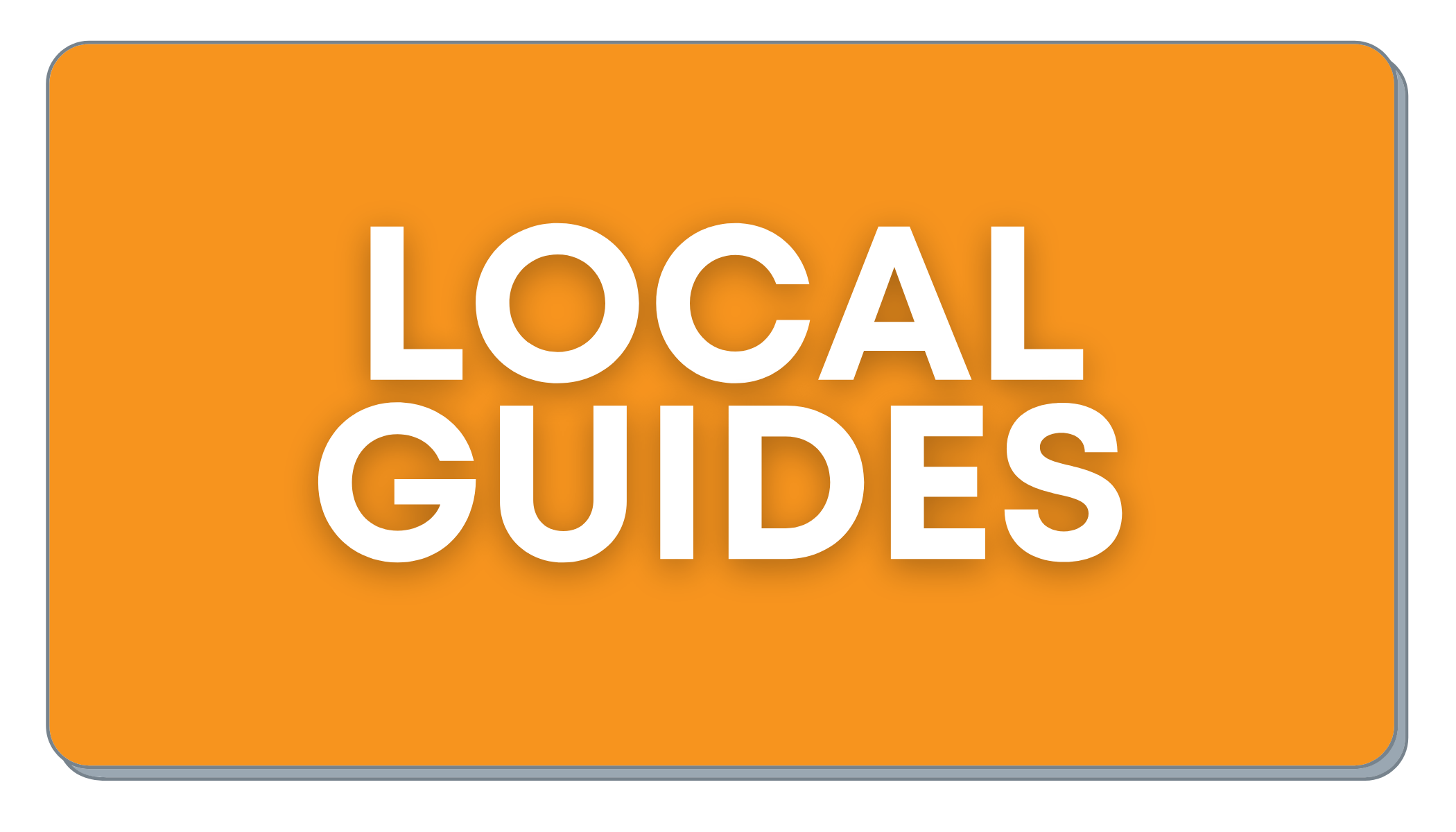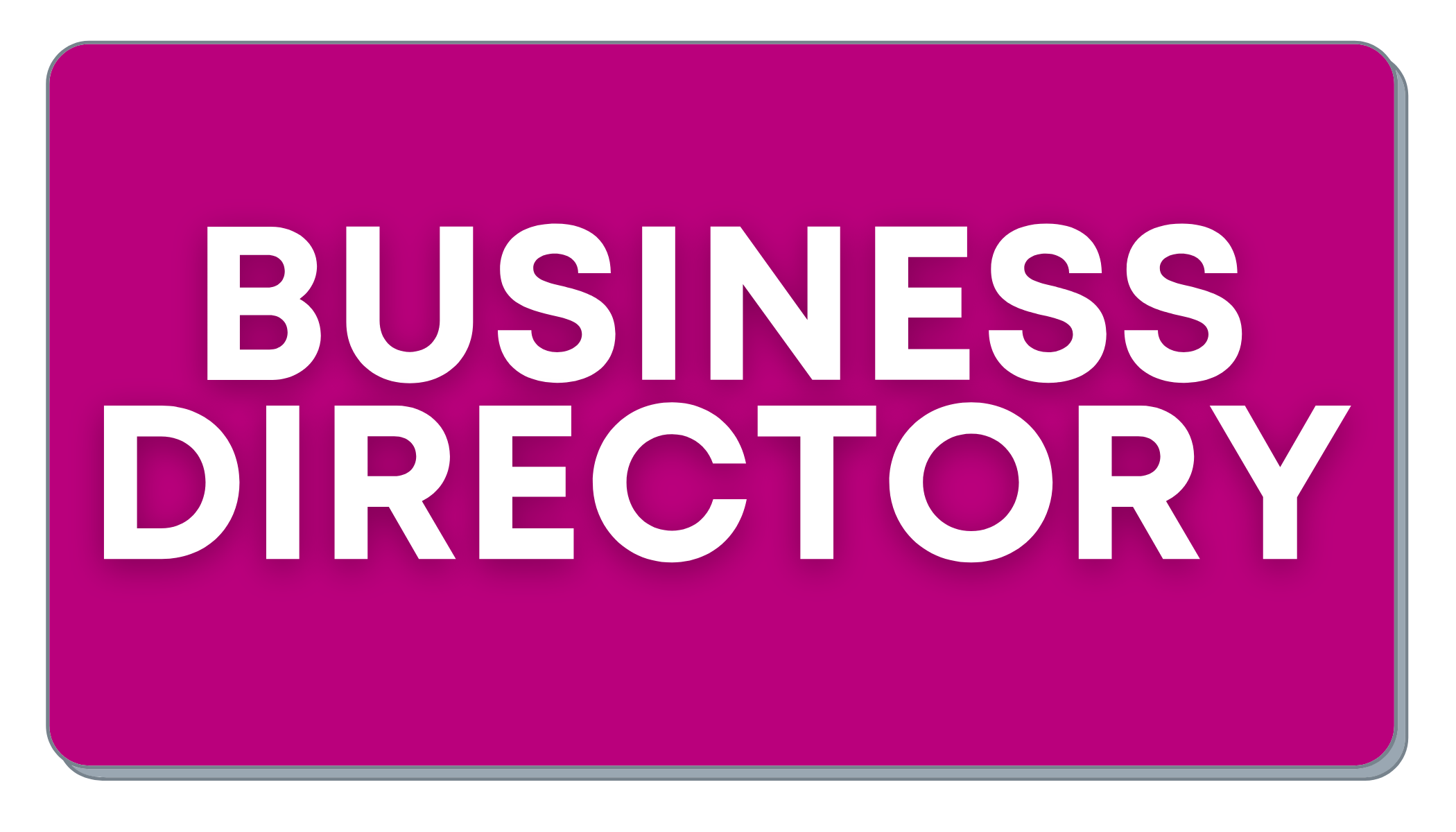As a mom of four and a child care provider for 20 years, I have had lots of opportunities in potty training. I wrote this article to help out other moms who were beginning this phase of their child's young life. From experience, this method works well - but as with all methods, they really won't work at all if your child isn't ready. So please keep that in mind as you approach potty training with your child.
Potty training is a very important part of every child’s development. It is best approached when both the parents and the child’s caregiver (if applicable) feel that the child is exhibiting several of the known indicators of readiness (able to pull pants on and off with little or no assistance, tells you when they need to be changed, able to follow simple directions, shows an interest in using the toilet, etc.). If you try for a day or two and the child is simply not ready or protesting, you should stop completely and take a break from it all, trying again at a later time. Honestly, this is the best way to make potty training easy! When the child is ready, it will go more smoothly and much quicker.

In my child care, we never used the traditional "potty chairs." Instead, we purchased a stool that rests at the base of the toilet that allows the child to place their feet there and not be afraid of tipping over or in. The reasoning in not using a potty chair? How many potty chairs have you seen in public restrooms? We don't want to do all this work in potty training our little one just to run to a public restroom and have them freak out when we try to help them use a real toilet. So I highly recommend you avoid this issue and start out on the real toilet. There are options without this specific type of stool, such as turning a young child backward on the toilet so they can balance better, using a potty insert that is a smaller toilet seat for little ones that sits on top of the regular toilet seat or even a low stool. Explore your options and decide what will work best for you.
The use of pull-up type products for potty training is not recommended. They are too much like a diaper to help in this process. Children who have used pull-ups generally take much longer to potty train and continue to need them for quite some time for napping and sleeping, which is not the desired result when potty training. While children who have not used them tend to be potty trained rather quickly, including nights, and remain accident-free from then on. Instead of pull-ups, I suggest that to begin with you simply leave the child in a diaper and take it off each time they sit on the potty and if dry, put it back on them. If wet, show them that it is wet or dirty, explain, in simple terms, that pee-pee goes in the potty and put a clean diaper on them. I recommend adding in the following “potty times” throughout your typical day: as soon as they wake up, after breakfast, before and after lunch, after nap, before and after dinner, before bath, and before bed. Offering many opportunities gives your child many chances at success and practice!
Once your child is regularly using the potty and their diaper is staying dry for longer periods of the day, I encourage you use the thick, 5-ply, cotton training pants as well as plastic pants to go over them. You can find both of these items at larger stores with baby sections or online. At first, your child will need at least six pairs of training pants and three pairs of plastic pants and you will probably be washing laundry each day! Dress your child in easy to use clothing (forget the overalls and onesies!) and keep pushing lots of fluids and continuing with your routine you’ve already established. Set a timer if that will help you remember.

Another important tip: do not ask your child if they need to use the potty. Instead, use words like, "it's potty time" or "it's time to use the potty." This makes it harder for them to respond with a "NO" since you aren't asking them a question.
Do not punish your child for any accidents. Instead, have them help you remove the soiled clothing and help clean up if necessary, and remind them where they should be using the bathroom.
It is discouraged to use rewards for behavior in general. However, a great suggestion is to use stickers for potty training if your child seems to need a little extra encouragement. You can even have them help you make a sticker chart to have a special place to put their stickers as they earn them.
If you work with and include your child and their needs in this process, things will go much more smoothly and before you know it, you will have a potty trained little one!
Want more?
Sign up today to receive our weekly FREE e-newsletter! Check out our event calendar for all the family fun!
 When visiting events and local businesses, be sure to tell them Macaroni KID sent you... and don't forget to tell all your friends!
When visiting events and local businesses, be sure to tell them Macaroni KID sent you... and don't forget to tell all your friends!
 |  |  |
 |  |  |



